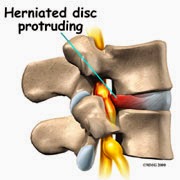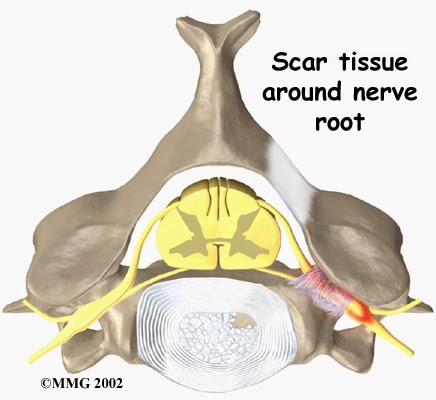The 5 components of the body’s healing
There are 5 phases of healing that your body will go through during any injury, and due to things such as: postural issues, bad sleeping habits, improper lifting mechanics, sitting incorrectly at a computer and many other day to day activities can alter these as well. Can you think of anything else that can?
These 5 components can cause changes in the motion/position of the spinal bones, joints of the extremities, facilitate lesions, muscle/ligament/tendon damage and can result in degenerative changes from neglect.
1. Spinal Kinesio-pathology
2. Neuro-patho-physiology
3. Myo-pathology
4. Histo-pathology
5. Patho-physiology
Spinal Kinesio- pathology
Spinal bones can lose their normal motion or position. So can bones of the wrist, elbow, shoulder, jaw, ribs, hips, knees and feet. This can occur from trauma, tension, faulty posture during the day or at night while sleeping. When this occurs the discomfort can be felt as tightness, stiffness, pressure, and/or pain. It is often difficult to sense that a joint has changed position. Most patients feel as if it is “just a muscle”. They will often have someone massage the muscle and feel some relief for a short period of time. This is due to the muscle that is around the joint being tight as well. The sensation they feel comes back and seems to never completely go away.
A joint moving out of place is no different than teeth that do not grow straight. Braces would be placed on the teeth and over time and with further follow-up the teeth slowly change their alignment.
Neuro-patho-physiology
The nerves from the lower back supply the hip joint, the leg muscles, the knee joint and feet. They also supply the reproductive organs.
Nerve tissue is very delicate and can be stretched, twisted, irritated, pinched, choked and you may not even know you have issues. It is the same as the electricity that runs through your house. If you did not have enough running through the wires the light would not work and if there was too much electricity you would have a short in the wires. The same works with your nerves!
Myo-pathology
The muscles that support the spine, the wrist, arms, shoulders, jaw, hips, knees, and feet are involved during myo-pathology. The muscles become flaccid, weakened, tight, adhesed, develop scar tissue and can go into spasm. These malfunctioning muscles lose their proper elasticity. These muscles play an important role in the recovery process and can take a long time to retrain and to balance out on both sides of the spine.
The adhesions/scar tissue that changes the elasticity of the muscle is like gristle in a steak. Muscles adapt and get used to supporting the spine and the extremities improperly, like trying to change a hair part. A tug of war. Unhealthy muscles take longer to work with than healthy muscles. These muscles can appear to be weak to you and also they are not very flexible due to the adhesions. This is the same as an elastic band and tying 4 knots in it— would it be as flexible?
When the adhesions are worked out, the muscle is easier to stretch and it is easier to strengthen it!
Histo-pathology
 |
| Greater stress on the disc |
Research has shown that:
Improper sitting, lifting, sleeping habits can place greater stress on the disc.
Discs, ligaments, cartilage and other soft tissues have a very poor blood supply. In fact, these tissues depend heavily upon the pumping action of the joint fluids to supply the nutrients and express the waste products (like lactic acid). When this pumping action is impaired, these critical soft tissues don’t heal with the speed today’s patient wants or expects.
It can take weeks, months or sometimes several years for these to heal properly. Dependant on the area injured, each area does need to follow through a protocol of steps to aid in healing to avoid further re-occurrences and continued damage to the area.
Often, patients feel that resting the area, icing and maybe taking medication will solve the problem. Other steps need to be followed for proper healing.
Patho-physiology
Over time, if the problem is neglected, the body will at the tempt to splint or stabilize the injured joint, like mend the body. First, a thickening of adjacent bone surfaces, then a lipping effect, bone spurs, and later if left, fusion will occur.
This generative changes effect the spine, extremities, organs and tissues throughout the body.
These changes in the bones are the same as leaving your teeth and having tooth decay. The extra bone thickening of bone our bone forms in the area is the same as mineral deposits in a cave. Our body lays it down to attempt to help. Since the joint is not moving properly our body develops extra bone in the area. This extra bone causes more problems with the discs, and muscles.


